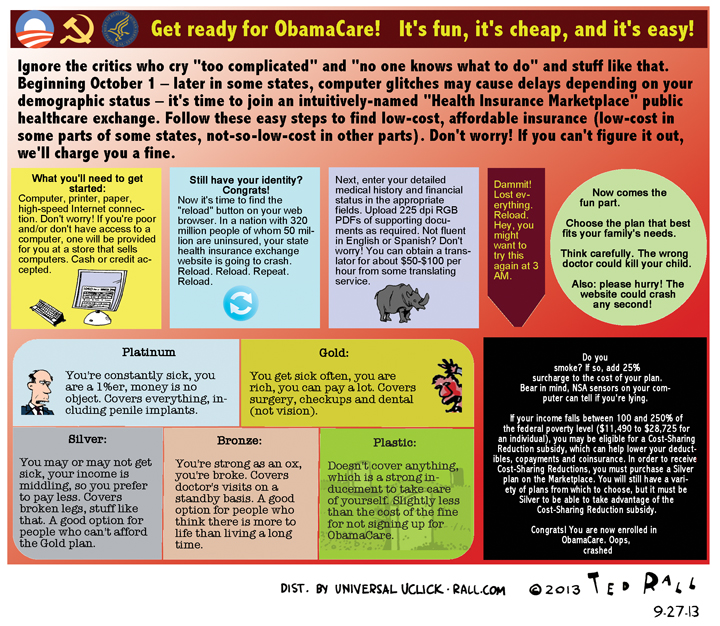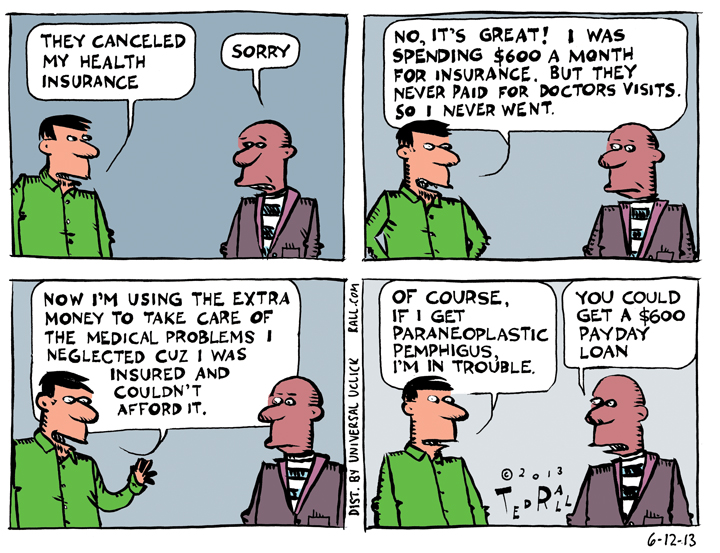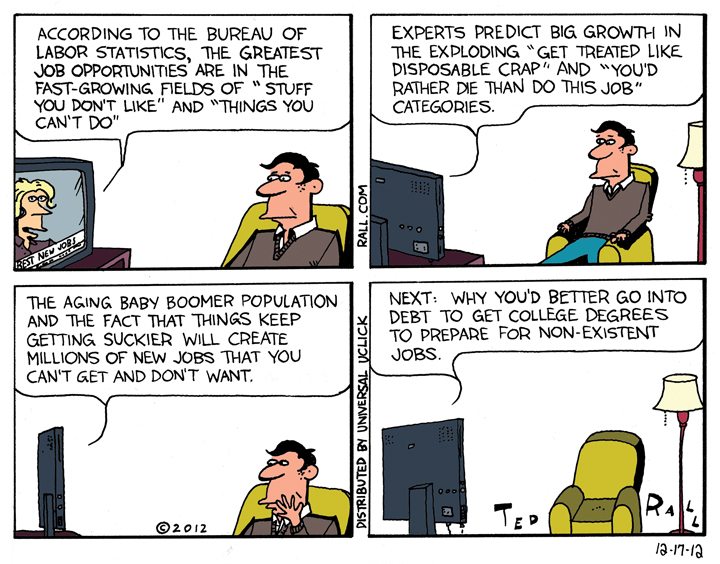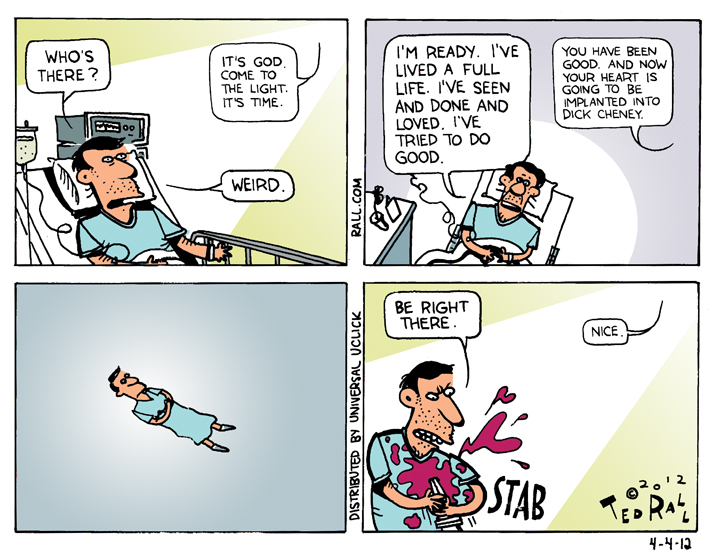Crashes, More Crashes and Sticker Shock
This week: I shop for Obamacare so you don’t have to!
Last week I spent six hours shopping for Obamacare on New York State’s healthcare marketplace website. Officials had estimated that it would take the average person seven minutes.
Either because I am not an average person or because the Obamacare people are idiots, I spent six hours setting up an account. You can’t log in without an account.
There were many questions. The site ran painfully slowly. But I slogged through.






